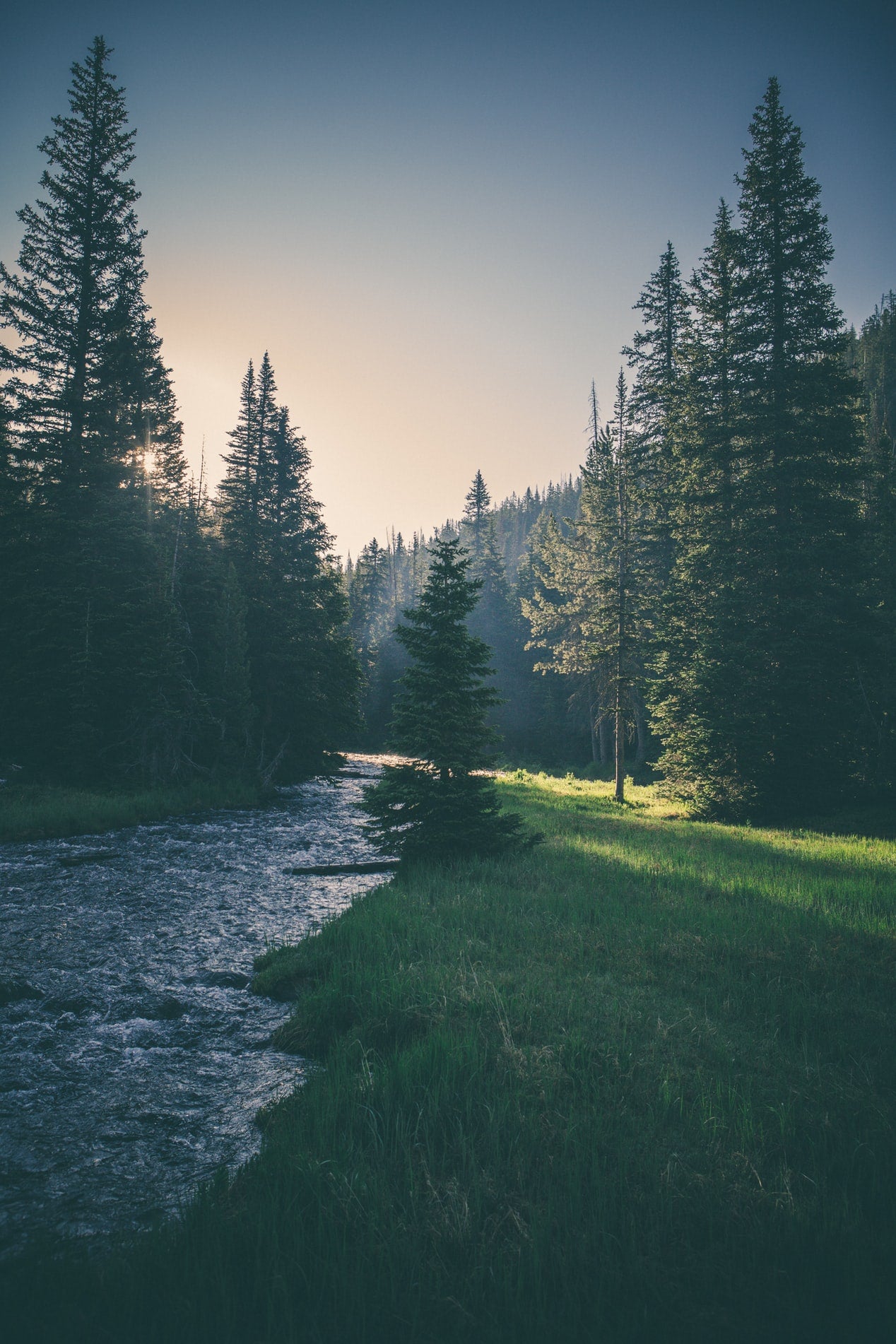
5 Outdoor Photography Essentials
Written by Daven Mathies
From beginner to seasoned veteran, here are 5 items not to forget when heading outdoors for a shoot. At one time or another, I’ve left one or more of these items behind, and regretted it. Please take this opportunity to learn from my mistakes!
1. Spare batteries
Yep, I’ve rushed out all excited about the coming “golden hour” for that once in a lifetime shot, only to discover that the battery in my camera is dead. At that point, I’ve wasted my time and energy (not to mention gasoline) and missed that once in a lifetime shot. Aargh! Batteries will also drain more quickly in extreme cold or hot, so keep your spares insulated if at all possible.
2. Spare memory cards
Same scenario as above. I hate to admit it, but I’ve also rushed out all excited about the cool shot I’m going to get, absolutely certain that there was a memory card in my camera, only to discover that there was no card in the camera. D'oh! Back home I go with nothing to show. Also, as rare as they are, memory card errors can occur—so be safe, take extras!
3. A tripod
“I’ll just hand hold ‘em,” I’ve said to myself many times. And indeed, most of my handheld shots look fine… but then I see it: a subject that I hadn’t planned on that would look amazing if I could pull off a long exposure at f22. But, there are no fence posts, no suitable rocks to rest the camera on, and my car is a half a mile away. What do I do? Jack up the ISO, underexpose it, and head home. The result? A slightly shaky, noisy, muddy shot that’s pretty much worthless. Bummer! For nature and wildlife photography, tripods are worth their weight in gold. Well, except that carbon fiber tripods weigh less and cost more... So, it's not a perfect metaphor. Still, a tripod can often make the difference between a great photograph and a snapshot.
4. A reflector / diffuser
There I go again, headed out in broad daylight, and in too big of a hurry to grab a reflector. Sure, I can get a good shot without one, but nothing helps your subjects pop like controlling the light. A reflector can bounce light onto subjects in the shade, helping them stand out from the background, and a diffuser can soften harsh, contrasty light and help you avoid blown-out highlights on your subject.
5. A polarizing filter
Maybe you already own one, but don't forget to check your bag to make sure it's there before you head out! In a rush, I neglected to check, and arrived at my destination with reflections dancing on the water, and big puffy clouds in the sky. The polarizer I thought I had was nowhere to be found, leaving me powerless to peer through those reflections into the water or control the contrast in the sky. Polarizers are relatively expensive filters, but here's the trick: just buy one to fit your largest lens, then use cheap step-up rings to fit it to all your others.
So there’s the list. In a pinch, you can sometimes substitute other objects for things like reflectors (a white shirt, cooler lid, mirror, etc.) and tripods (the aforementioned fence post, a rock, tree, etc.) but you'll do yourself a favor by remembering to bring the real tools with you. And nothing can take the place of a spare battery, memory card, or polarizer. This being the Pacific NW, it's probably a good idea to also mention some sort of rain cover for your camera. These come in all shapes and sizes and start at about $10, so you might as well keep one in your bag. A rain cover might not directly affect the quality of your photographs, but it will give you confidence to stay outside longer in the rain, and that means more exposures and more opportunities for getting that great shot.
